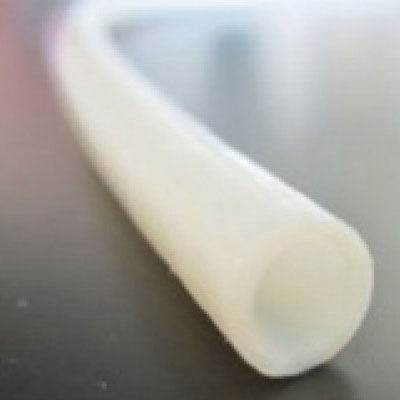Scientists Bioengineer Blood Vessel for Dialysis Patients

When you require dialysis treatments, the typical approach requires connecting to a dialysis machine to remove, clean, and recirculate your blood via a synthetic graft implant in the arm.
It works. But it isn't perfect. It's not uncommon for patients on dialysis to develop an infection, clotting, or other problems caused by the synthetic graft. A team of Yale scientists set out to change that by bioengineering a blood vessel that could be used instead of a synthetic graft.
First, they collected blood vessel cells from human donors. Then the cells were grown in tissue culture. Next, the cells were placed on a type of framework shaped like a blood vessel that would dissolve over time. After eight weeks in a laboratory environment, the process creates a bioengineered blood vessel. Then 60 patients received the bioengineered blood vessels for dialysis treatment.
And it worked. After a year, the bioengineered blood vessels were still working properly, and none of the dialysis patients experienced rejection. Researchers found the bioengineered blood vessels were also significantly more durable than synthetic grafts. They also found that over time, the patient's own cells adapted and turned the bioengineered blood vessel into living tissue.
The success of the study allows Yale researchers to move forward with randomized controlled trials to pursue making this treatment option available for everyone who requires dialysis treatments.
When you have kidney disease and require dialysis treatments, carefully monitoring your diet is important, too. For best health, you need to limit the amount of sodium, potassium, and phosphorus in your diet. And we've made it easy for you by creating a selection of Dialysis-Friendly meals. Check out the entrees, meal packs, and snack options.



 INSURANCE CUSTOMERS CLICK HERE!
INSURANCE CUSTOMERS CLICK HERE!
